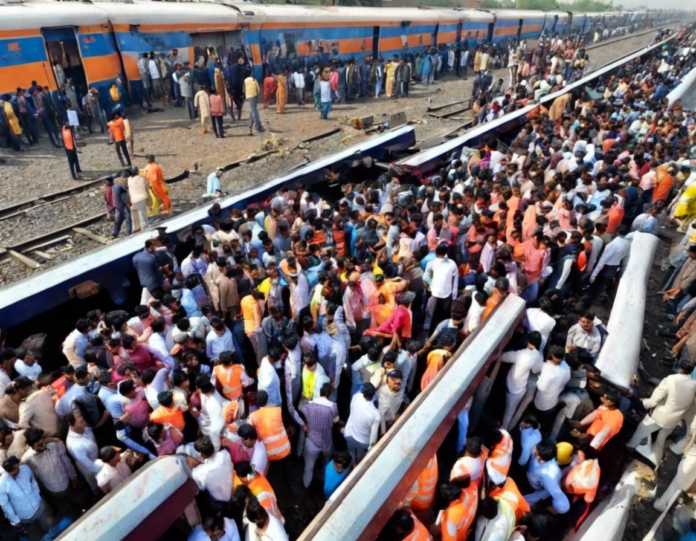On August 14, 2022, a tragic train accident occurred at Mathura Junction in India, leading to the derailment of two passenger trains and causing several casualties and injuries. The incident is a stark reminder of the potential risks and dangers associated with train travel, highlighting the importance of safety measures and infrastructure maintenance in the railway sector.
What Led to the Mathura Junction Train Accident?
The exact cause of the Mathura Junction train accident is still under investigation, but initial reports suggest that it was likely a result of a combination of factors, including human error, technical faults, or track issues. Factors such as signal failure, overspeeding, faulty brakes, or track obstructions could have played a role in the derailment of the trains.
Impact of the Accident
The Mathura Junction train accident had a significant impact on the passengers, railway authorities, and the local community. Several passengers were injured, some critically, and the loss of lives was also reported. The incident led to disruptions in train services, causing delays and cancellations, and highlighting the need for swift response and rescue operations to mitigate the consequences of such accidents.
Response and Rescue Operations
Following the Mathura Junction train accident, emergency services, including medical teams, local authorities, and railway personnel, were deployed to the site to rescue passengers, provide medical assistance, and restore normalcy in train operations. Timely response and coordinated efforts are crucial in such situations to ensure the safety and well-being of the affected individuals.
Preventive Measures and Safety Protocols
In the aftermath of the Mathura Junction train accident, there is a renewed emphasis on the importance of preventive measures and safety protocols in the railway industry. Regular maintenance of tracks and trains, adherence to speed limits, proper signaling systems, training of staff, and use of advanced technologies for monitoring and control are essential to prevent such accidents in the future.
Lessons Learned and Future Outlook
The Mathura Junction train accident serves as a lesson for the railway authorities, policymakers, and the public to prioritize safety and invest in infrastructure upgrades and modernization efforts. Learning from past mistakes, conducting thorough investigations, implementing recommendations, and fostering a culture of safety awareness are key to ensuring that such tragic incidents are avoided in the future.
Frequently Asked Questions (FAQs)
1. What should passengers do in case of a train accident?
In the event of a train accident, passengers should remain calm, follow instructions from the train staff, and evacuate the train in an orderly manner. If injured, seek medical help immediately.
2. How can railway authorities improve safety measures to prevent accidents?
Railway authorities can enhance safety measures by conducting regular inspections, maintenance checks, staff training programs, implementing technology-driven solutions for monitoring and control, and promoting a safety-first culture.
3. Who is responsible for investigating train accidents and determining the causes?
Train accidents are typically investigated by specialized teams comprising railway experts, engineers, and safety officials who analyze the incident, collect evidence, interview witnesses, and identify the root causes leading to the accident.
4. What role do passengers play in ensuring their safety during train travel?
Passengers play a crucial role in ensuring their safety during train travel by following safety instructions, staying alert, reporting any suspicious activities or hazards, and cooperating with the train staff during emergency situations.
5. How can the community support the victims and families affected by train accidents?
The community can support the victims and families affected by train accidents by offering emotional support, donating blood or medical supplies, raising awareness about safety measures, and advocating for improved railway infrastructure and services.


